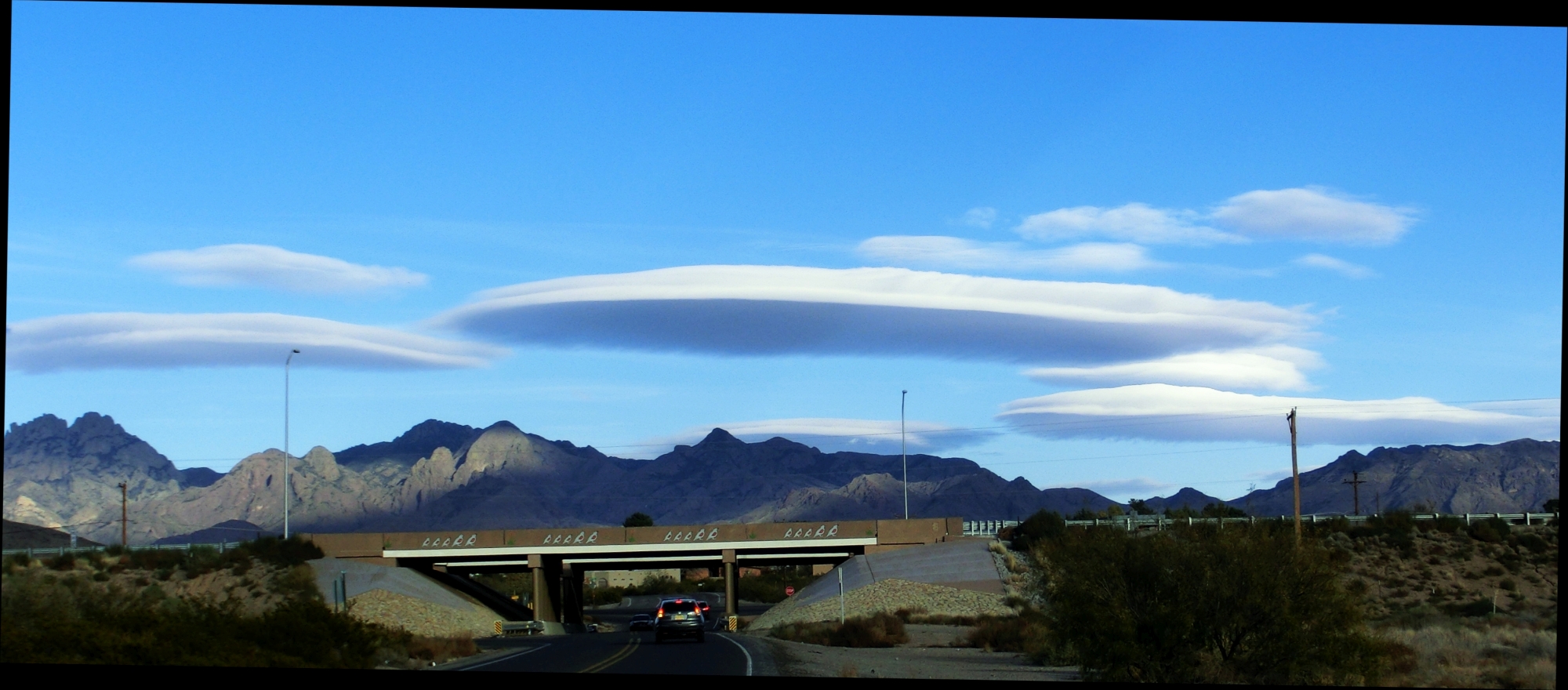IMAGES COMING SOON
Relighting a candle, remotely, is simple to do, but the physics and the chemistry of it has some real details. Here’s the link for this simple but intriguing item.
Relighting a candle, remotely
Equipment: A candle; matches- that’s all… all in a room without air currents (no fans, drafts, etc.)
That it works is simple to show: Light the candle and get a reasonably good flame going, not a small one. You may need to let the candle melt a fair-sized pool around the wick and then pour out some of the wax (not on the rug or tablecloth!). You want a length of wick above the liquid wax to be a bit long, even a centimeter (a bit less than ½”). Snuff out the flame rapidly. I do this put closing my two fingers on it and quickly letting go; don’t encourage young children to do this, as they might get a small blister. You can use anything else that closes on the flame and opens again quickly, or even a very short puff of air, though it often defeats the effect. At least blow through a straw rather than starting a big movement of air with a breath. The wick will now emit a wisp of vaporized wax and the breakdown products of wax. Quickly have a lit match ready. Go some distance up this stream, which may even reach 4 to 6 cm (about 1-1/2 to 2-1/2 inches) in good cases. Move the match flame into the stream and the stream will catch fire. It burns back to the wick and relights it!
VIDEO and some frame grabs
How it works: Candle wax is a complex chemical mixture, mostly long chains of molecules made of just carbon and hydrogen called hydrocarbons. You can’t light wax just by getting a flame near it. You need to heat it until its molecules both vaporize and partly break down into small molecules. The candle flame is constantly doing that. The small molecules, especially when they are hot, readily catch fire. That’s what’s in the smoky stream. You can also see that a flame in a flammable mixture (the vapors and the air mixed in them) readily propagates from its hot end toward any further supply of the mixture – here, toward the wick (as well as upward, though that’s less obvious as you’re focused on the downward burn). The rate of spread of the flame is faster with higher temperature, though you can’t affect that very much in this setup.
Question to ponder: Why does the vapor trail from the extinguished wick stay together in a narrow stream? Why doesn’t it just spread out and become ineffective in letting the flame jump back to the wick? Let’s call the stream a self-organizing system. Its heat content generates a pattern of flow in the surrounding air that surrounds the vapor stream tightly and also helps move it up.
